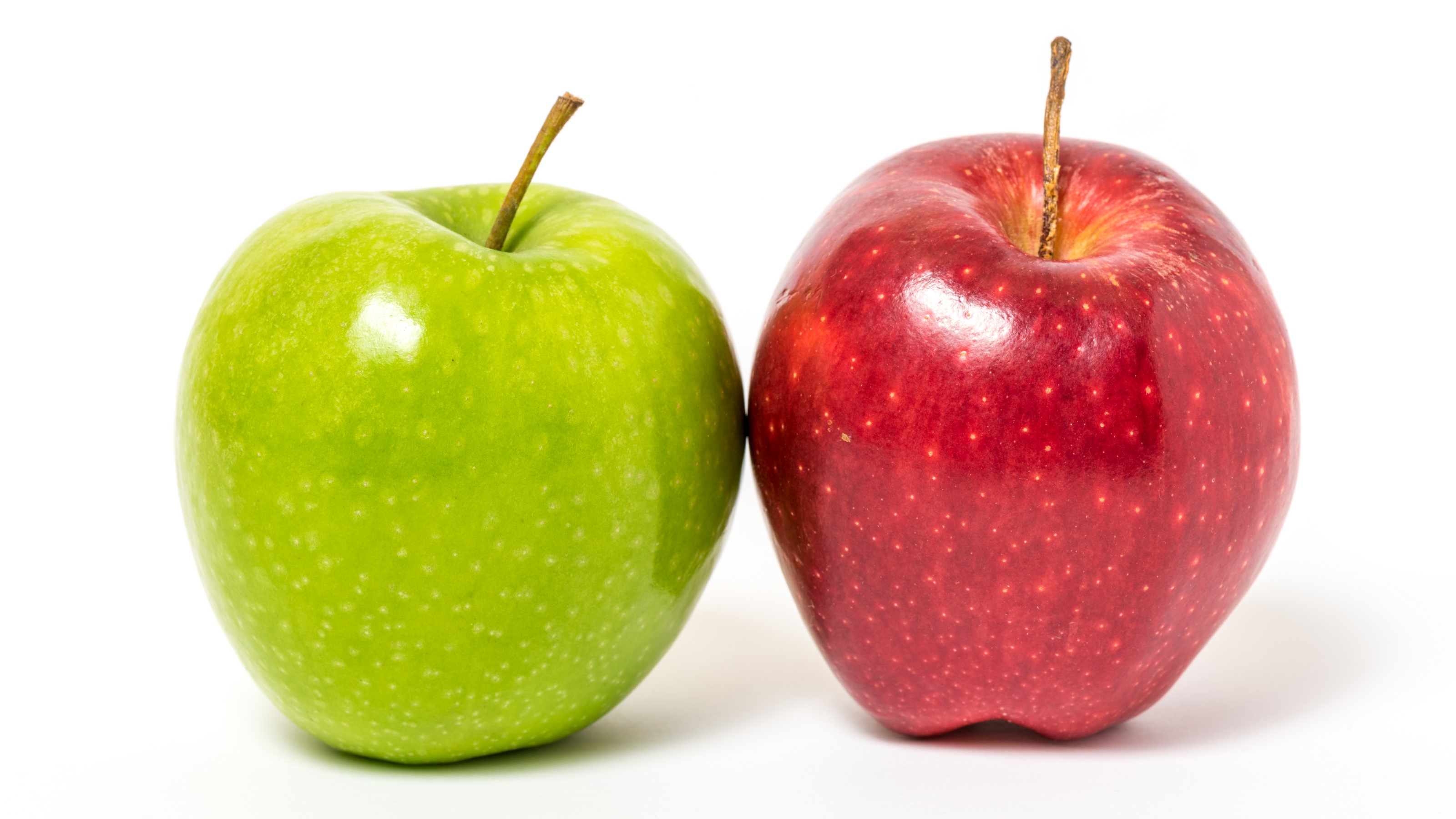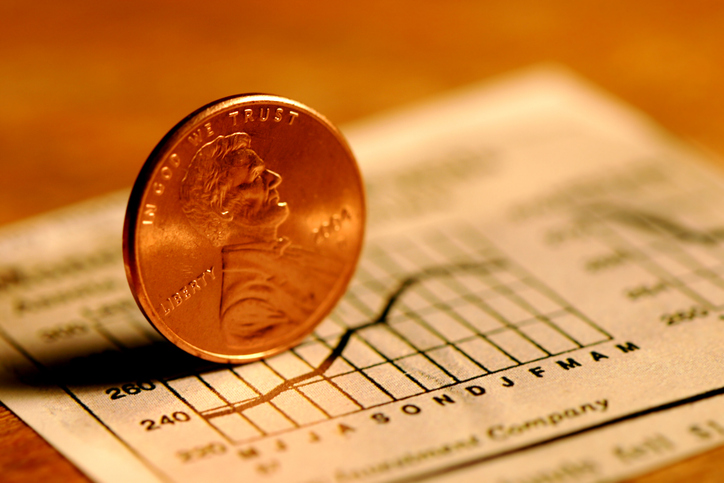Stocks vs Funds: Six Different Ways They Impact Your Portfolio
What are the key differences between stocks and mutual funds — and which would be better suited to your portfolio? Here are six distinctions you need to know.

Choosing between individual stocks and equity mutual funds depends on your preferences, financial goals and risk appetite.
Including common stocks in retirement portfolios can mitigate the adverse effects of inflation. On the other hand, a mutual fund enables many investors to combine their money with a professional investment manager, buying and owning shares in the fund rather than individual company shares owned by the fund.
A balanced portfolio holding stocks and mutual funds can offer reassurance and confidence in your investment strategy. Here’s what you need to know:
From just $107.88 $24.99 for Kiplinger Personal Finance
Become a smarter, better informed investor. Subscribe from just $107.88 $24.99, plus get up to 4 Special Issues

Sign up for Kiplinger’s Free Newsletters
Profit and prosper with the best of expert advice on investing, taxes, retirement, personal finance and more - straight to your e-mail.
Profit and prosper with the best of expert advice - straight to your e-mail.
1. Your level of control
Individual stocks: You select which company shares to buy and sell.
Mutual funds: The investment manager has total discretion.
2. Research and performance
Stocks: You make buy-and-sell decisions based on your own research, knowledge and expertise.
Funds: The fund manager manages the portfolio, researches and monitors performance.
3. Fees and expenses
Stocks: You pay commissions and fees for purchases and sales, though commission-free trades are common. Many brokers charge annual account maintenance fees.
Funds: Most funds have ongoing costs — referred to as “expense ratios” — that cover operating, management, administrative expenses and marketing. Other fees may also be charged.
4. Valuation, marketability and transparency
Stocks: Common shares are priced when the market is open and can be bought or sold during that time. You always know the portfolio composition.
Funds: Mutual fund shares are priced at the end of the day and trade at that closing price. A complete portfolio listing of all stocks is published periodically.
5. Dividends and capital gains
Stocks: You know the amount and timing of dividends received. You also determine the timing of sales that generate capital gains and losses.
Funds: Dividends and capital gains are accumulated in the fund and distributed periodically. Mutual funds can distribute only net capital gains, not losses.
6. Diversification and risk
Stocks: It’s riskier to hold one or two stocks, but you can control the degree of diversification and concentration in any single company, industry or geographic region.
Mutual Funds: With a large basket of stocks, risk is spread around — although most funds have stated investment objectives that are usually limited to a single characteristic, such as U.S. large-cap stocks. Over time, however, the positions in the fund may drift from the initial objective.
Note: This item first appeared in Kiplinger Retirement Report, our popular monthly periodical that covers key concerns of affluent older Americans who are retired or preparing for retirement. Subscribe for retirement advice that’s right on the money.
Related content
Profit and prosper with the best of Kiplinger's advice on investing, taxes, retirement, personal finance and much more. Delivered daily. Enter your email in the box and click Sign Me Up.
Robert H. Yunich is a freelance writer in New York City. He has extensive knowledge about and expertise in investing and insurance. His career spanned over 30+ years in the financial services industry, including public accounting, banking, and as a financial adviser. He earned a Bachelor of Arts degree with a concentration in Economics from Columbia College (New York) and an MBA from Harvard Business School.
-
 I'm want to give my 3 grandkids $5K each for Christmas.
I'm want to give my 3 grandkids $5K each for Christmas.You're comfortably retired and want to give your grandkids a big Christmas check, but their parents are worried they might spend it all. We ask the pros for help.
-
 If You're Not Doing Roth Conversions, You Need to Read This
If You're Not Doing Roth Conversions, You Need to Read ThisRoth conversions and other Roth strategies can be complex, but don't dismiss these tax planning tools outright. They could really work for you and your heirs.
-
 Could Traditional Retirement Expectations Be Killing Us?
Could Traditional Retirement Expectations Be Killing Us?A retirement psychologist makes the case: A fulfilling retirement begins with a blueprint for living, rather than simply the accumulation of a large nest egg.
-
 I'm a Financial Planner: If You're Not Doing Roth Conversions, You Need to Read This
I'm a Financial Planner: If You're Not Doing Roth Conversions, You Need to Read ThisRoth conversions and other Roth strategies can be complex, but don't dismiss these tax planning tools outright. They could really work for you and your heirs.
-
 Could Traditional Retirement Expectations Be Killing Us? A Retirement Psychologist Makes the Case
Could Traditional Retirement Expectations Be Killing Us? A Retirement Psychologist Makes the CaseA retirement psychologist makes the case: A fulfilling retirement begins with a blueprint for living, rather than simply the accumulation of a large nest egg.
-
 I'm a Financial Adviser: This Is How You Can Adapt to Social Security Uncertainty
I'm a Financial Adviser: This Is How You Can Adapt to Social Security UncertaintyRather than letting the unknowns make you anxious, focus on building a flexible income strategy that can adapt to possible future Social Security changes.
-
 I'm a Financial Planner for Millionaires: Here's How to Give Your Kids Cash Gifts Without Triggering IRS Paperwork
I'm a Financial Planner for Millionaires: Here's How to Give Your Kids Cash Gifts Without Triggering IRS PaperworkMost people can gift large sums without paying tax or filing a return, especially by structuring gifts across two tax years or splitting gifts with a spouse.
-
 'Boomer Candy' Investments Might Seem Sweet, But They Can Have a Sour Aftertaste
'Boomer Candy' Investments Might Seem Sweet, But They Can Have a Sour AftertasteProducts such as index annuities, structured notes and buffered ETFs might seem appealing, but sometimes they can rob you of flexibility and trap your capital.
-
 AI Stocks Lead Nasdaq's 398-Point Nosedive: Stock Market Today
AI Stocks Lead Nasdaq's 398-Point Nosedive: Stock Market TodayThe major stock market indexes do not yet reflect the bullish tendencies of sector rotation and broadening participation.
-
 Got $100 to Gamble? These Penny Stocks Could Be Worth the Ride
Got $100 to Gamble? These Penny Stocks Could Be Worth the RideVolatile penny stocks are high-risk plays with potentially high rewards. If you have $100 you can afford to lose, these three names are worth a look.
-
 Quick Question: Are You Planning for a 20-Year Retirement or a 30-Year Retirement?
Quick Question: Are You Planning for a 20-Year Retirement or a 30-Year Retirement?You probably should be planning for a much longer retirement than you are. To avoid running out of retirement savings, you really need to make a plan.